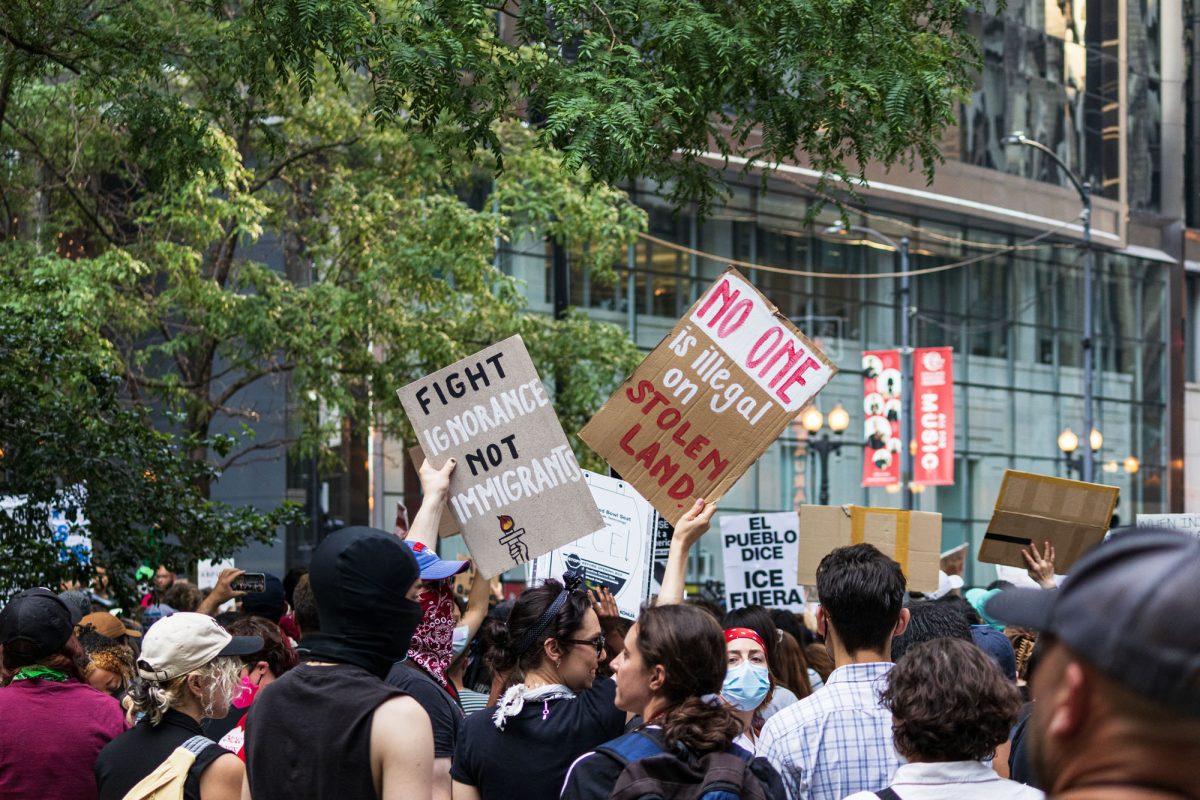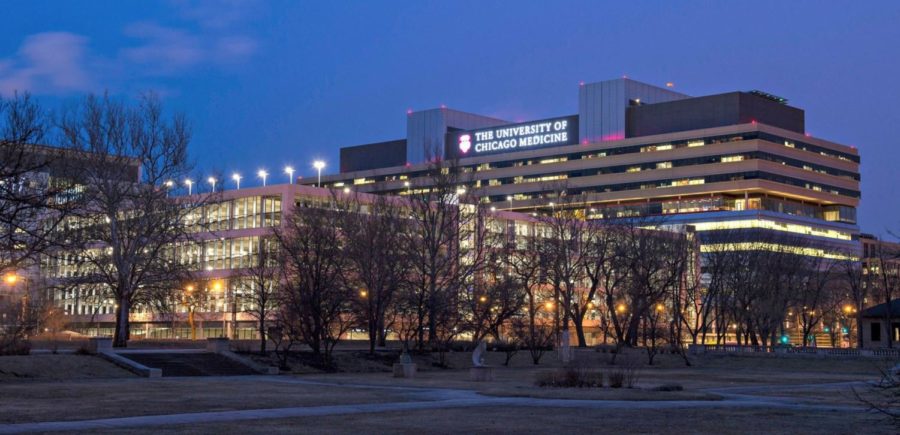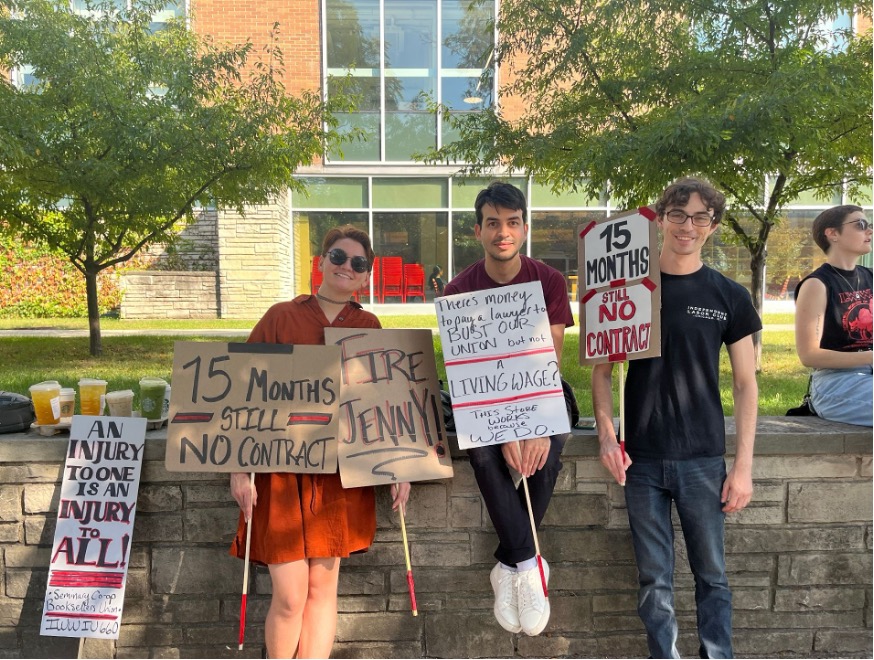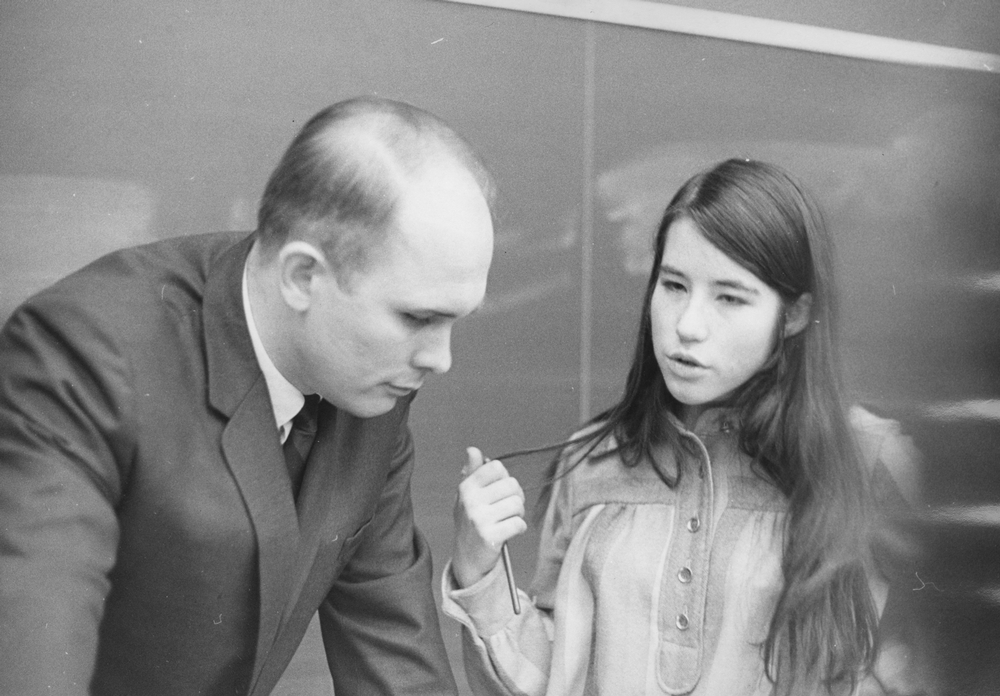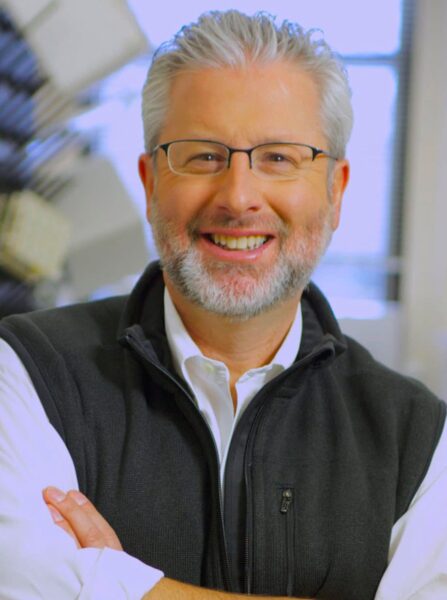Marshmallows expand to several times their size due to a lack of air pressure; ancient-looking skulls spread out across a timeline showing the evolution of humanity; electrons are released from radioactive isotopes and sent zipping through cloud chambers.
With over 60 booths, 700 UChicago scientists, 200 volunteers, and almost 4,300 attendees—more than half of whom were South Side residents—this year’s South Side Science Festival was the largest in the event’s four-year history.
The festival took place on October 4 and stretched across Crerar quad and into the Gordon Center for Integrative Sciences. It aimed to spark children’s interest in science outside of an academic setting, with a variety of booths that showed scientific experiments. These booths were manned by graduate students, UChicago faculty, outside companies, and even a few undergraduates.
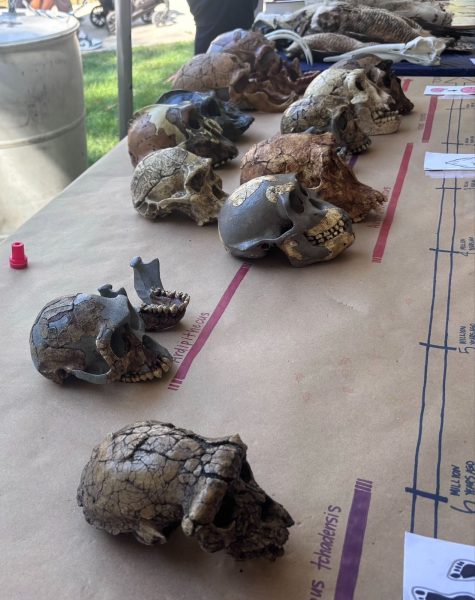
Aaron, a returning parent, remarked that it was his family’s “third time [going], and each year, it’s gotten bigger and better.” His son’s interest in science has grown, and he thinks the festival is “great exposure… to see other kids his age who have similar interests.”
“Even the first year I went, I was impressed with the variety of hands-on stations that they [had] to get the kids really involved,” he said.
Many organizers and volunteers became involved with the event to share their own passion for science.
“I just like to get people excited about science,” said Becca Hotton, a second-year chemistry Ph.D. student who ran a booth where attendees could make pixel art using a pipette and colored water. “When I was a kid, I didn’t really know what chemists do… so I think it is exciting to expose younger kids to science.”
Maureen McMahon, a communications specialist at the Office of Sustainability, and Henock Kidanu, an energy manager for UChicago’s campus, ran a booth that explained how the buildings at the University are heated. When participants held a glass of ethanol at the booth, heat emanating from their hands would cause the ethanol to expand and rise to the top. This process mimics the way that steam moves from boilers to the various buildings around campus, they explained.
“The one goal,” McMahon said, “is to bring people on campus and show them some of the activities that go on around the buildings—bring science outside into the public eye.”
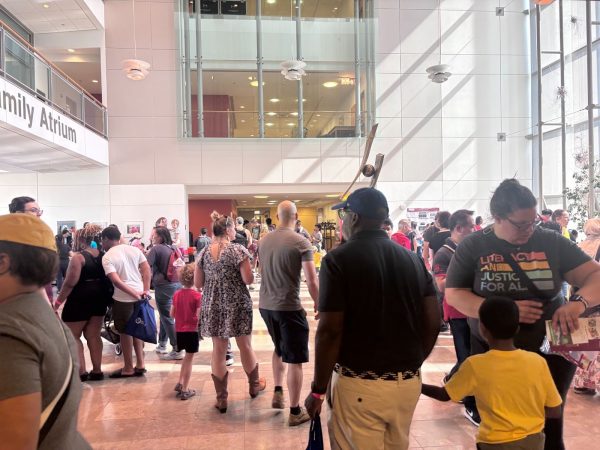
The University of Chicago Press also had an exhibit to showcase its scientific publications. Devon Ritter, the Press’s chief manuscript editor for science and economics, explained that she enjoyed teaching people “about what a [research] journal is.”
“[We were] showing kids: ‘Okay, you know what a book is, but do you know what a journal is?’ [We were] trying to explain [that] when scientists do their experiments, this is where they publish it.”
There were also booths that weren’t affiliated with the University. RoboThink, a STEM enrichment program geared toward children, ran a booth where fairgoers could control robots using a wired remote and shared information about how parents and children could get involved with after-school robotics programs.
Lisa Chow, who managed RoboThink’s booth, recalled her own childhood and “[what] limited activities there were.” Now, she said, she gets to “provide ones for [her] kids but also [for] other children as well.”
“The most fulfilling thing [about the festival] is seeing the interest just in science in general, and [seeing] all these people coming out to support… facts and truth and research and experiments and the real science going on in the world and showing kids from a young age the power of science,” Ritter said.



